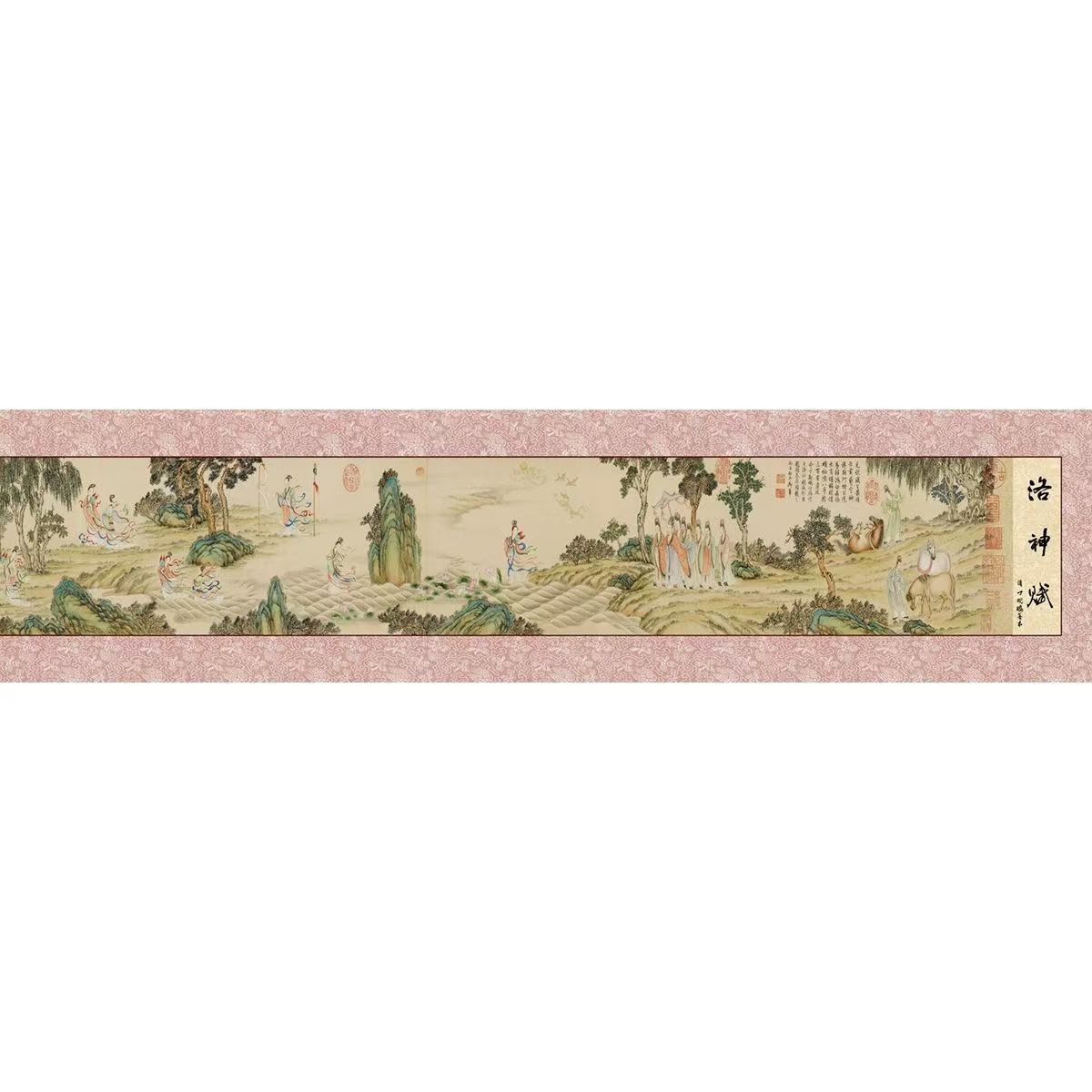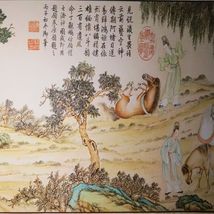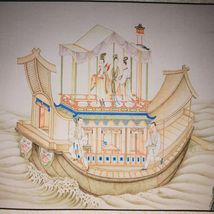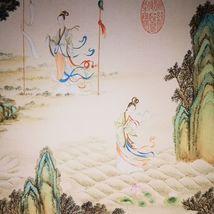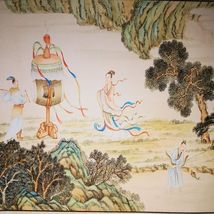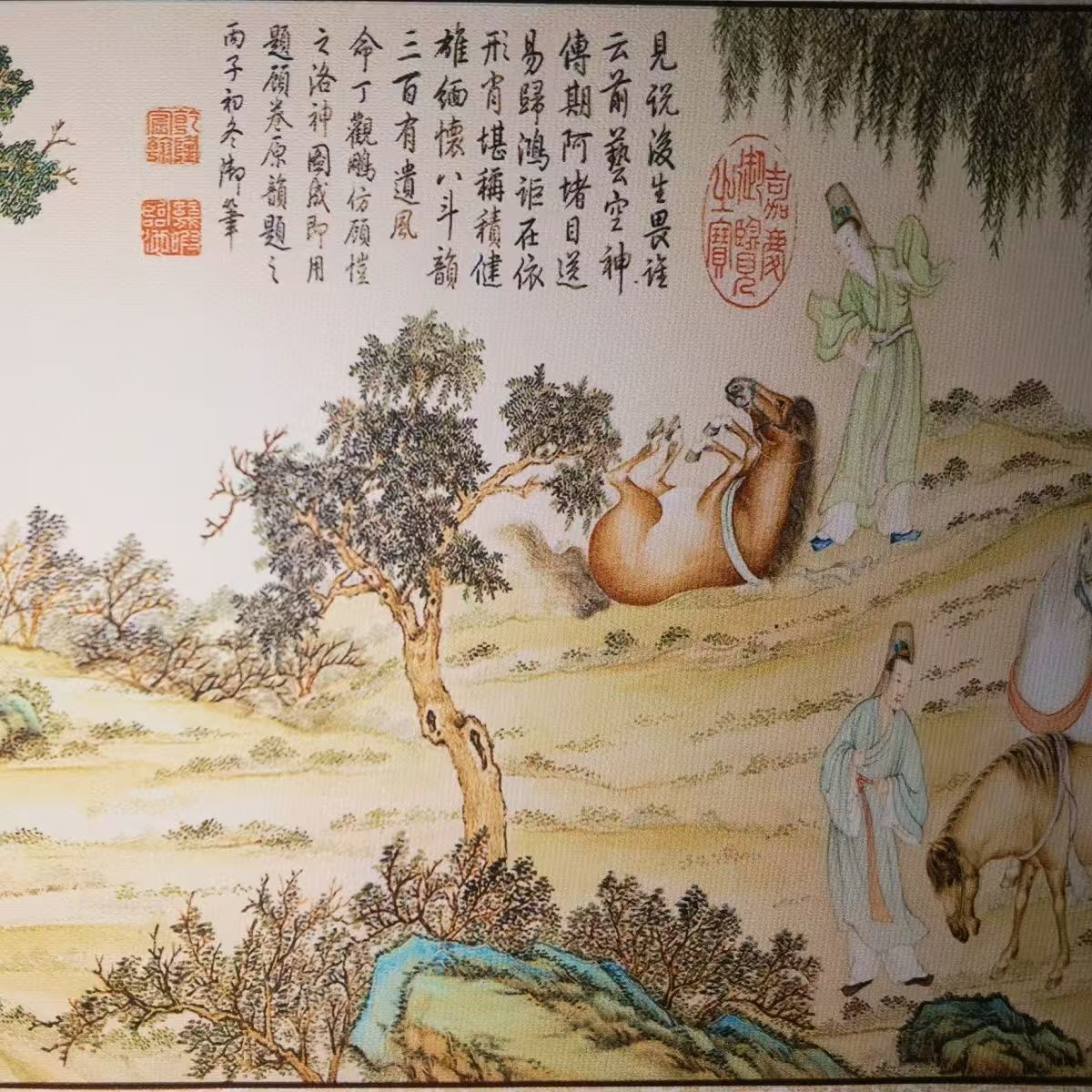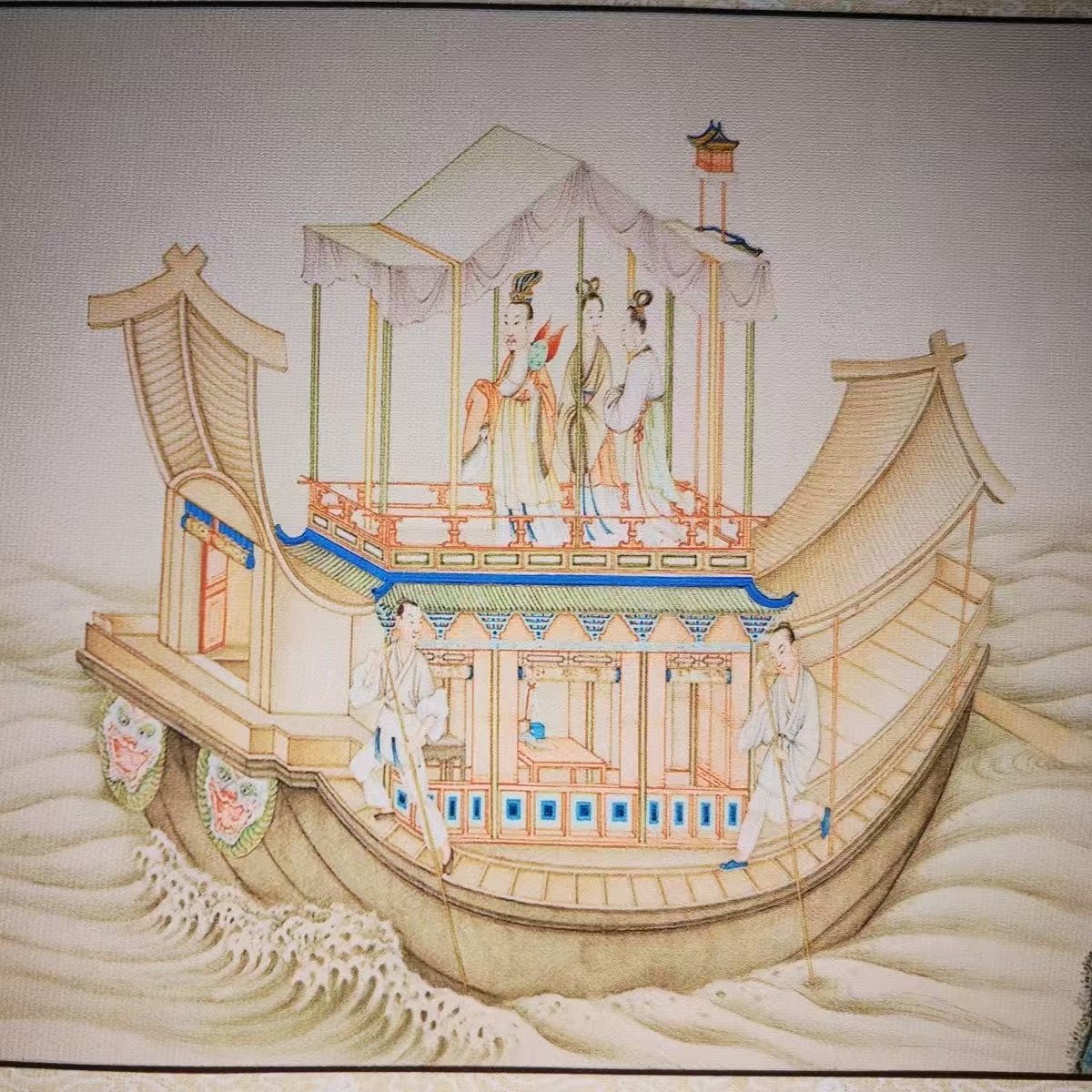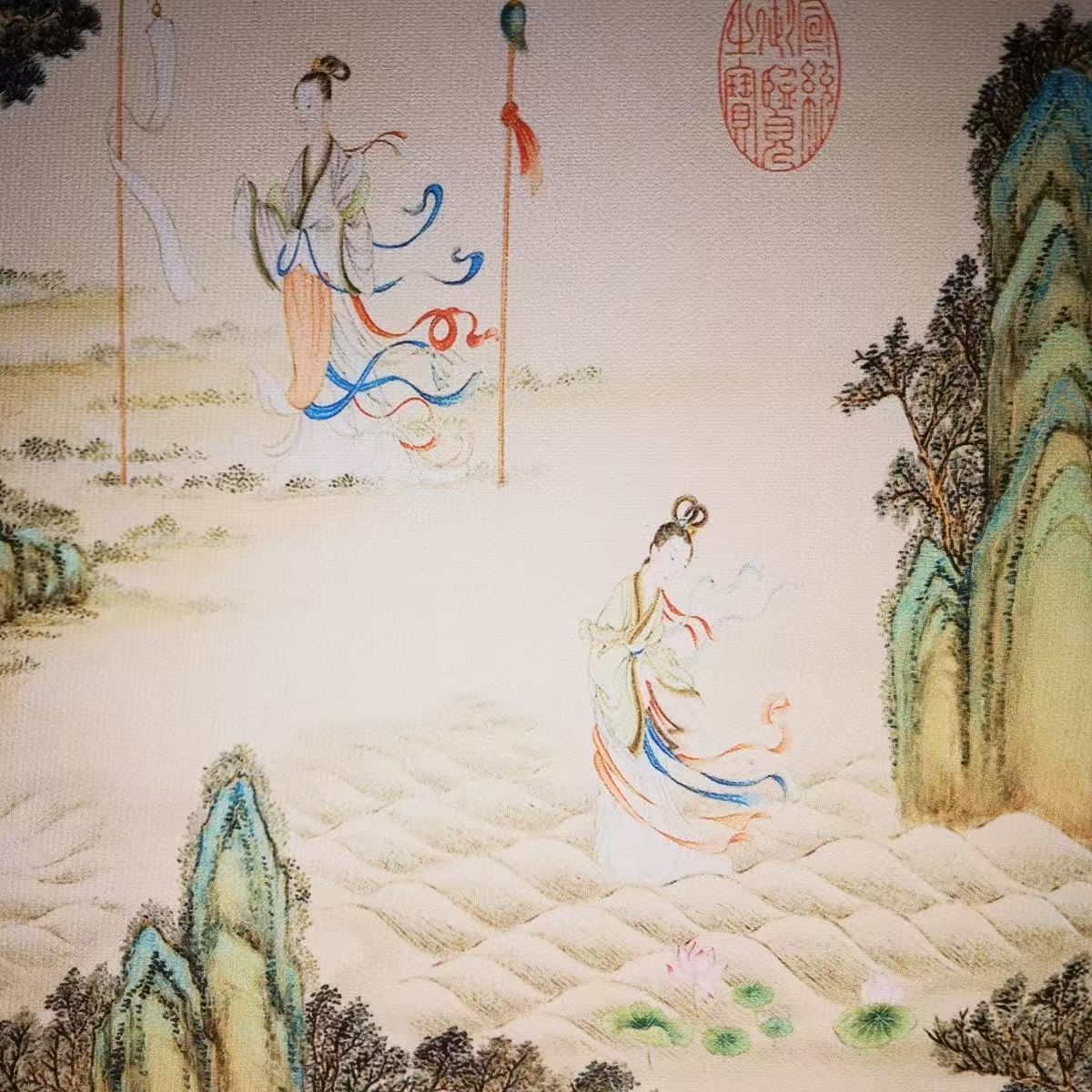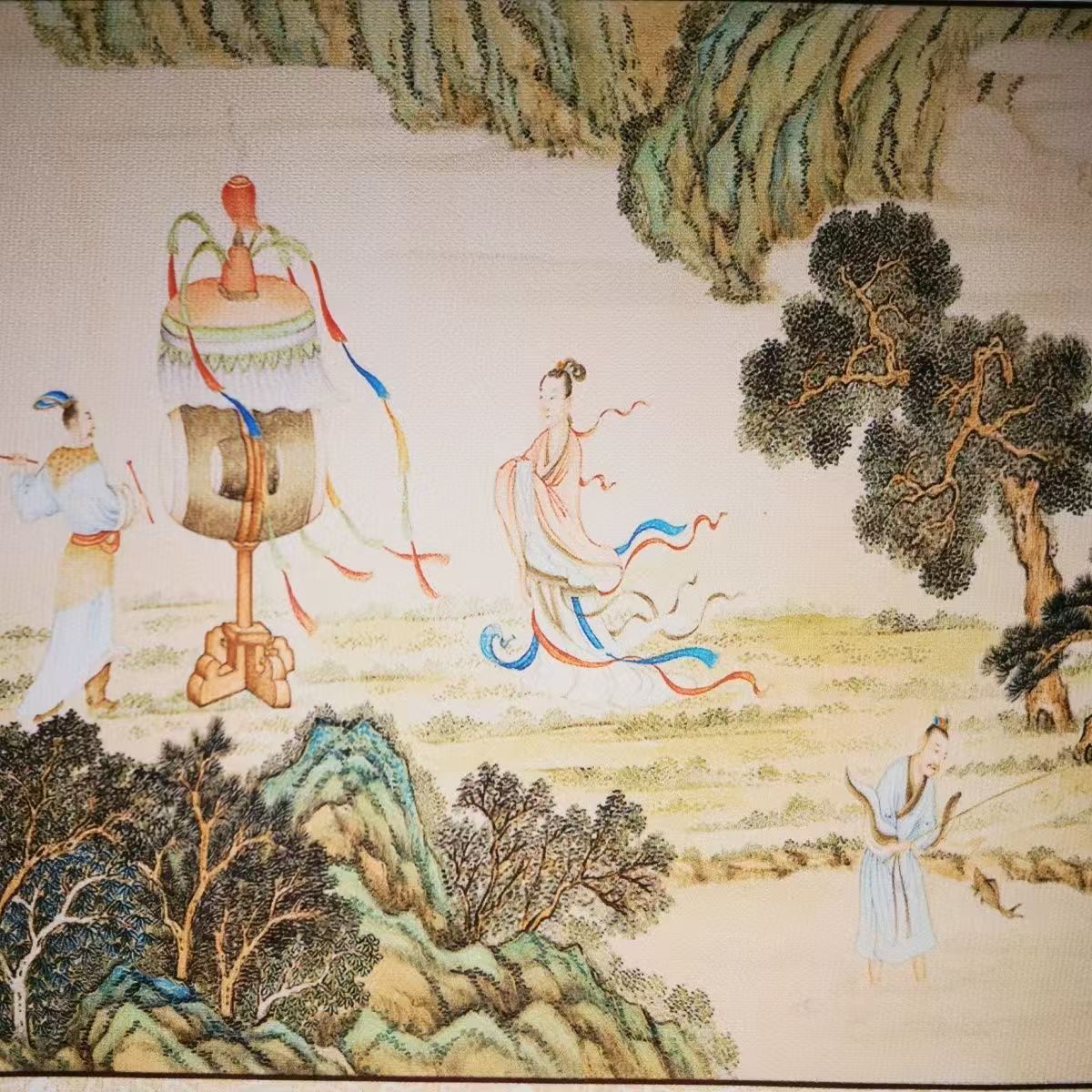Replica of Traditional Chinese Painting and similar items
Free Shipping
Replica of Traditional Chinese Painting Scroll Ink Art Decoration Luo River
$25.00
View full item details »
Shipping options
FREE via Unspecified shipping type to United States
Ships from
China

Offer policy
OBO - Seller accepts offers on this item.
Details
Return policy
Purchase protection
Payment options
PayPal accepted
PayPal Credit accepted
Venmo accepted
PayPal, MasterCard, Visa, Discover, and American Express accepted
Maestro accepted
Amazon Pay accepted
Nuvei accepted
View full item details »
Shipping options
FREE via Unspecified shipping type to United States
Ships from
China

Offer policy
OBO - Seller accepts offers on this item.
Details
Return policy
Purchase protection
Payment options
PayPal accepted
PayPal Credit accepted
Venmo accepted
PayPal, MasterCard, Visa, Discover, and American Express accepted
Maestro accepted
Amazon Pay accepted
Nuvei accepted
Item traits
| Category: | |
|---|---|
| Quantity Available: |
100 in stock |
| Condition: |
New |
| Height: |
18.5cm |
| Width: |
220cm |
| Color: |
Brown |
Listing details
| Shipping discount: |
No combined shipping offered |
|---|---|
| Posted for sale: |
More than a week ago |
| Item number: |
1748105333 |
Item description
Imitation handicrafts of ancient painting
18.5*220 cm Chinese Scroll
An introduction to The Nymph of the Luo River (??????):
"The Nymph of the Luo River" is a celebrated Chinese painting masterpiece inspired by the poetic prose Ode to the Nymph of the Luo River (?????) written by Cao Zhi (??, 192–232) during the Three Kingdoms period. The painting was created by Gu Kaizhi (???, c. 344–406), one of the most iconic artists of the Eastern Jin Dynasty, often hailed as the "Father of Chinese Painting."
Key Features:
Literary Roots – The painting vividly illustrates Cao Zhi’s romantic and melancholic poem, which describes his encounter with and loss of the goddess Fufei (??), a divine nymph of the Luo River.
Artistic Style – Gu Kaizhi’s work exemplifies early Chinese narrative painting, characterized by:
Elegant, flowing lines (?????, "silkworm-spin thread" technique).
Sequential storytelling across a handscroll, blending multiple scenes into one composition.
Expressive figures with exaggerated gestures, reflecting emotional depth.
Themes Symbolism – The painting explores love, longing, and separation, merging Taoist mysticism with human emotion. The nymph symbolizes unattainable beauty, while the landscape reflects the harmony of nature.
Multiple Versions – The original Tang Dynasty copy is lost, but several Song Dynasty reproductions survive, housed in museums like:
Beijing’s Palace Museum (color version).
Liaoning Provincial Museum (ink-line version).
Freer Gallery (USA) (fragmentary copy).
Legacy – A cornerstone of classical Chinese art, it influenced later figure-landscape paintings and remains a cultural symbol of lyrical storytelling.
Fun Fact:
Gu Kaizhi’s famous principle "????" ("capturing the spirit") is embodied in this work, where even the waves and trees seem to echo human emotion.
Loading
This item has been added to your cart
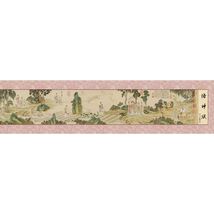 Replica of Traditional Chinese Painting Scroll Ink Art Decoration Luo River added to cart.
100 available in stock
Replica of Traditional Chinese Painting Scroll Ink Art Decoration Luo River added to cart.
100 available in stock
View Cart or continue shopping.
 Please wait while we finish adding this item to your cart.
Please wait while we finish adding this item to your cart.
Get an item reminder
We'll email you a link to your item now and follow up with a single reminder (if you'd like one). That's it! No spam, no hassle.
Already have an account?
Log in and add this item to your wish list.



